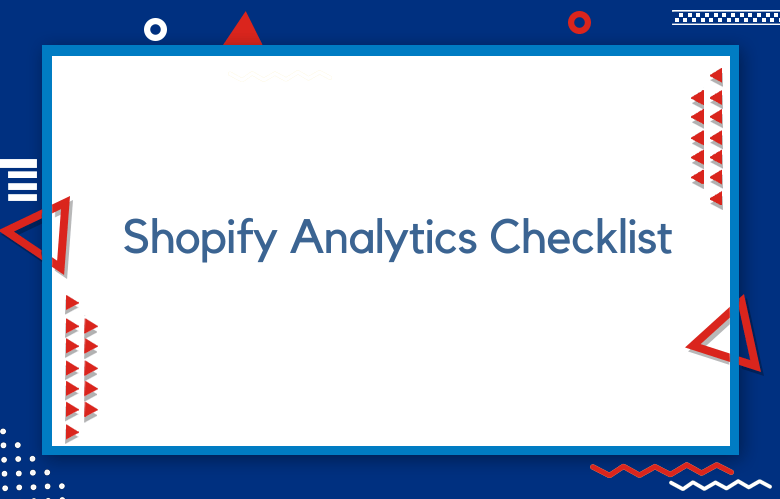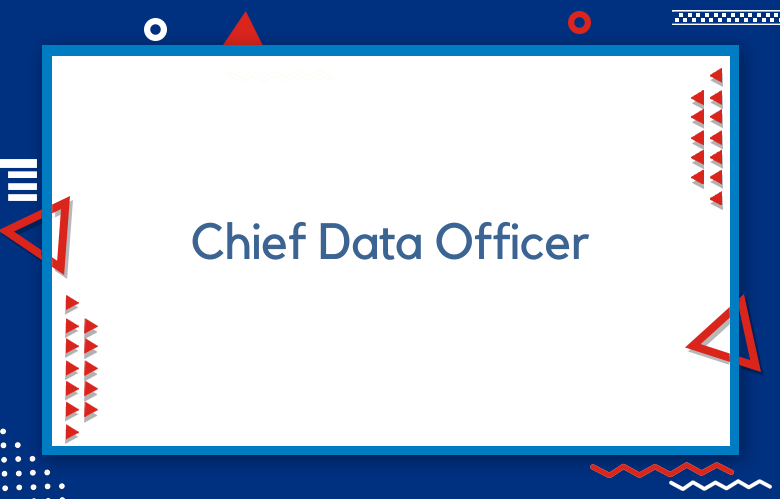The Complete Shopify Analytics Checklist: Best Practices

The establishment of an online eCommerce store is the most painful category. It requires plenty of time spending and massive resources to add. It doesn’t count how much you spend to launch the eCommerce store. Shopify is a consistent platform designed for eCommerce, where it can be used to make in-depth analyses that can be used to track the performance of marketing efforts and take advantage of analyzing user behavior to make business decisions.
Shopify Analytics Checklist
A Spotify Advertising Consultant specializes in helping businesses and organizations advertise on the popular music streaming platform Spotify. With over 345 million users worldwide, Spotify has become a powerful advertising channel for companies looking to reach a large and engaged audience.
Submission of sitemap to the Google search console
When you don’t submit the sitemaps to the Google search console, it may cause an issue in the structure of the website’s internal linking strategy.
Research on keywords
Several best-performing tools are available in the market to help build the keyword lust that drives traffic to the business website through organic and paid search results.
Optimization of web pages
Optimizing a website only aims to make it SEO-friendly, which helps improve its ranking in Google’s search results.
Optimization of images for search engine optimization (SEO)
Optimizing the website by uploading images mainly accepted by the search engine can let businesses reach a more comprehensive range of website visitors.
Boost the search ranking by adding backlinks.
The backlinking strategy can be the most effective way of driving search traffic to the website and improving its search ranking.
Expand the audience and drive sales using social media platforms
Understanding the audience on social media platforms is the primary step to targeting them with the designed social media campaigns that drive sales conversions.
Find unique sales channels.
Consumers start buying products through different channels, so feature your product’s ad content to get the customer’s attention.
Include the custom domain.
The custom domain is the branded title that can identify the website, and the inclusion of unique domain names to the business website can enhance the brand identity.
Payment gateway
Analyze the checkout experience frequently and also the settings of the payment gateway.
Set the standard pages.
Building standard pages can increase the probability of gaining website traffic, which can help with business growth.
Analysis of settings of email notifications
Getting email alerts is a robust method when an event occurs on your website or website visitors raise any issues.
Launch the content auditing.
Auditing the website can be appropriately done to gear up the business’s success by finding real-time customers.
Installations of analytics tools
Be focused on installing different analytics tools to note other influential business factors and add the most advanced marketing methods.
Get the pre-launch marketing strategy.
Know the strategies to excite your business brand with your pre-launch activity that keeps customer engagement on the arrival of products in the market.
Adjust the settings of tax and shipping categories.
You must adjust your products’ tax rates and shipping categories within the proper zone.
Let the customers find it simple to contact you.
Make your business website customer-friendly, allowing customers to reach you for business issues.
Installation of significant apps
Adopt the most valuable and significant apps that make you launch and minimize your work efforts while reaching the target audience.
Build the billing information.
The building address can let you set up the specific payment type of customers with their credit or debit card.
Launch the Google search console.
The Google search console allows you to monitor and troubleshoot the website’s online presence, especially in the Google search results.
Set up the Google Analytics
Building Google Analytics for any business website can give you more chances to find real-time performance insights into the business.
Avoiding the negative keywords
Build the barricade for the negative keywords that block the activity of reaching the right customers.
Optimization of titles
Optimizing content titles can find more engagement by reaching the visitors they seek.
Optimizing the meta descriptions
Optimizing meta descriptions can help customers search for what content they need on Google.
Optimization of website URLs
Use the short URLs to get brand visibility on the Google search engine.
Add the LSI keywords.
The LSI keywords help let the search engines and users know what your content is about by adding more context.
Reviewing your products
Let your customers review your products to gain more popularity among the million brands in the market.
Implement the guest postings on the relevant website
Invite the guests to deliver the website content that attracts massive consumers and drives conversions.
Fixing the broken and dead links
Set up broken links that annoy the website visitors and that damage the brand reputation.
Rank tracking is necessary.
Track your website ranking and know the key performance indicators to improve the success of your brand business.
Engage the audience on social media platforms to find the brand’s reputation.
Audience engagement strategies on trending social media channels can help your business drive potential customers.
Go live by synchronizing the new data.
Synchronize the new business data by going live on social media platforms that can improve sales.
Hire the Bing webmaster tools.
Use the Bing webmaster tools to implement the most advanced marketing tactics and techniques.
Conclusion
Though it is more accurate about generating the perfect results of your marketing strategies, it is somewhat complicated when you have no idea what matters most. The Shopify mentioned above analytics checklist is the guide you need to check before acting.
Call: +91 9848321284
Email: [email protected]



